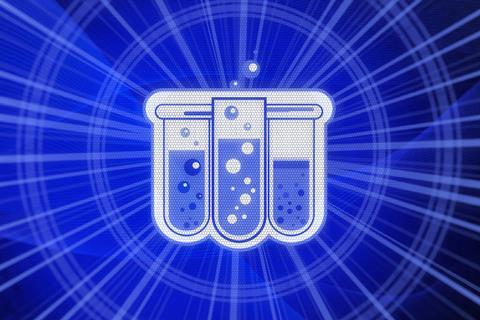How online simulations and digital labs can enhance your students’ practical learning

Practical work has always been regarded as an important vehicle in delivering high-quality chemistry education and a distinctive feature of science teaching and learning. Gatsby’s Good practical science report made the recommendation that one way of improving practical work was to use ‘Virtual enhancements, real experiments … [where] teachers should use digital technologies to support and enhance practical experience, but not to replace it’.
An effective virtual laboratory can promote conceptual understanding, especially in microscopic and abstract concepts. This ability to increase the visual impact and experience during an experiment and to visualise what is taking place can really help with student understanding. This is something we regularly see with our students, and the impact is greatest when we get the right combination of hands-on practical work and virtual enhancement.
Many teachers have made more use of virtual labs and simulated experiments during the Covid-19 pandemic. As Covid restrictions are eased, we think it is a good time to consider how these novel approaches to practical work can sit alongside hands-on practical work.
Embracing change
So how can we make this change? It all depends on what the experiment is, and what you want students to learn from the activity. In our lesson planning we refer to the Good practical science report’s aims for practical work in science lessons. For example, if the purpose of the practical is to ‘improve the understanding of theory through practical experience’, the hands-on practical is likely to require students to carry out the procedure accurately and correctly so that they obtain the observations and results anticipated by the teacher. Having students carry out a virtual experiment in advance, using a flipped homework approach, can support this. Also, a virtual experiment following the class practical can be an effective way of checking the students’ work, confirming the observations taken and showing what ‘should’ have happened in case any mistakes were made. We believe this approach reduces the chance of students picking up misconceptions through practical work.
With this approach, students are able to be both minds-on and hands-on while carrying out the practical
Using animations alongside hands-on practical work can also improve the understanding of theory. We have successfully used animations while teaching the topic of acids and bases. The molecular visualisations in the virtual laboratory enable our students to see the increased concentration of H+ ions in a strong acid compared to a weak acid. We do not entirely base our lesson on this type of virtual laboratory. We show it after carrying out the strength of acids practical. This way, it consolidates their own observations and experience and helps set them in the context of the theoretical understanding they are developing in a way that otherwise simply wouldn’t be possible.
In contrast, if the purpose of the practical is to ‘teach specific practical skills’, then, of course, a virtual experiment cannot replace a hands-on practical. However, using a simulation in advance so that students are familiar with the process can allow them to concentrate better on manipulating the apparatus during the lesson itself. This experience can also show them what they would expect to happen, so they can identify if something is not correct when carrying out the procedure themselves. With this approach, students are able to be both minds-on and hands-on while carrying out the practical.
Inspired to use screen experiments and videos of practical work in your teaching? Try these simulations and videos for 14–16 students and 16–18 students.
Find screen experiments and videos of practical work for your 14–16 students and 16–18 students from the Education in Chemsitry website: rsc.li/3xYl6mh
Recently we used a virtual laboratory to show measuring the boiling points of five alkanes. We described the method and simultaneously clicked on a thermometer to measure the boiling point of ethane. We explained the importance of avoiding parallax error without using an actual thermometer. This virtual laboratory demonstrated to students how to use the apparatus and which measurements to take more clearly than we could by using the actual equipment. Following this, the students were more successful in carrying out the procedure correctly themselves.
Whether you have used virtual enhancements for a long time as part of your teaching or you used them for the first time to replace practical work during the pandemic, now is the time to look again at how they are being used to support hands-on practical work. Virtual enhancements could become an important part of your teaching practice.









No comments yet